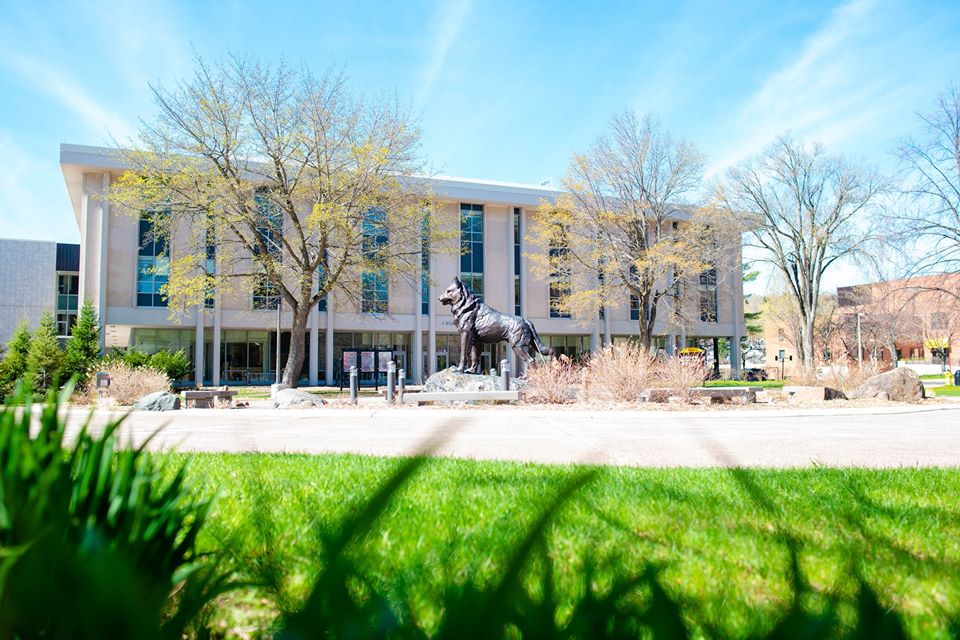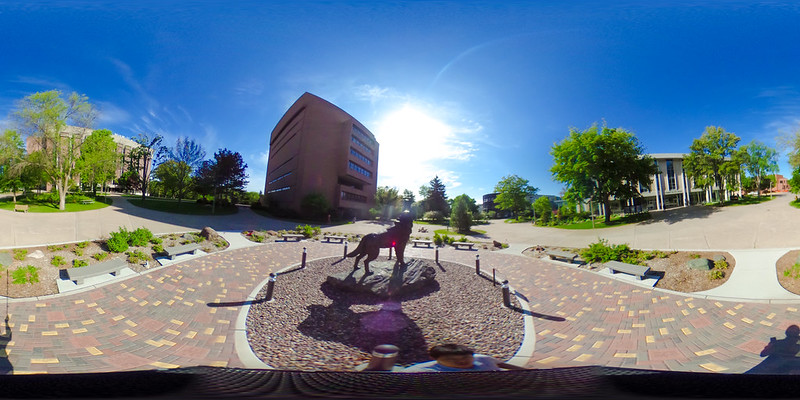Students in the Michigan Tech College of Business Applied Portfolio Management Program (APMP) placed third in this year’s Quinnipiac University Global Portfolio Competition, earning an annual return of more than 20 percent. When adjusted for the given amount of risk pursued by the team and compared to other universities, the Husky team had a strong standing.
The MTU undergraduate investment experience, which is open to students of all majors, has earned first in this global competition seven times in the past. Prior to the COVID-19 pandemic, several students planned to attend the New York City-based competition and conference in person.
APMP students manage $1.8 million dollars of real money in the U.S. stock market, where they present to clients and make their own investment decisions.


